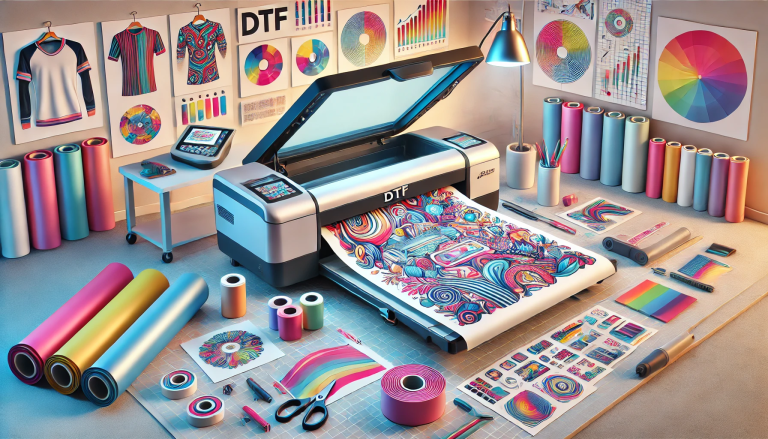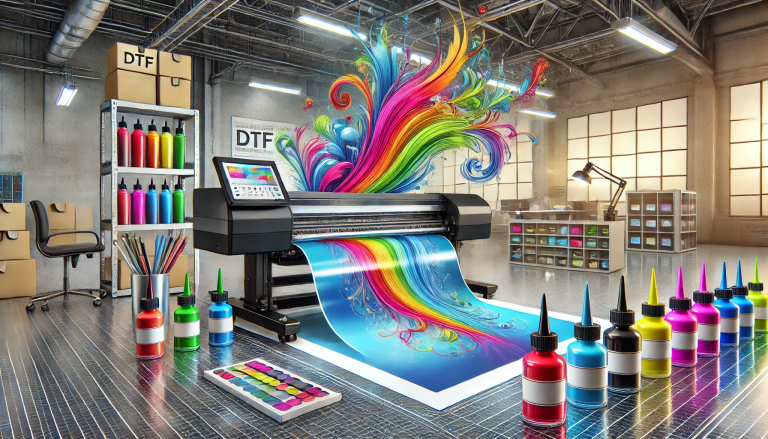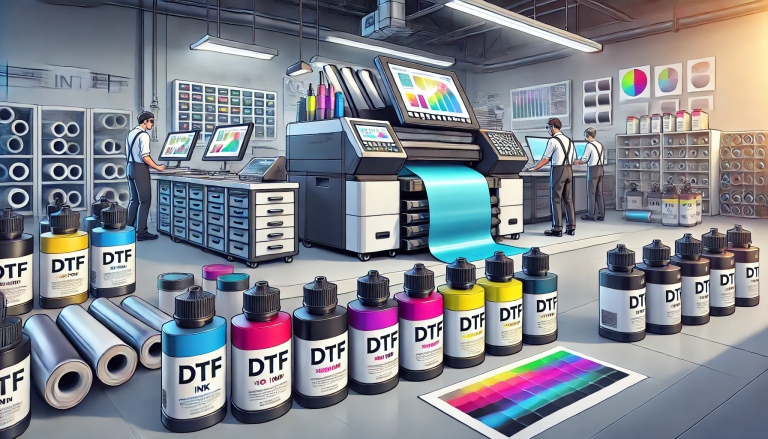“What’s Cold Peel DTF Film?” -MAXDTF- PET Film printing Manufacturer, DTF 13 x 19 Transfer Film paper Supplier, Made in China
Part I: Introduction to Cold Peel DTF Film
Within the dynamic world of printing technology, the use of Direct-to-Film (DTF) printing has gained significant popularity. A particular variety of this method, known as Cold Peel DTF, offers unique properties and advantages. Understanding Cold Peel DTF requires an appreciation of the fundamental DTF process and the distinct features of ‘Cold Peel technology.
DTF printing is a digital process where designs are printed onto a special PET film, which is then coated with an adhesive powder. This film is heat-pressed onto the intended material, enabling the transfer of the design with precision, durability, and vibrant color.
In the case of Cold Peel DTF, the process involves a specific variation where the transfer film is allowed to cool completely before it’s peeled away from the design. This nuanced approach contributes to specific qualities in the final print, making it an attractive choice for certain applications.
Part II: The Unique Characteristics and Benefits of Cold Peel DTF
Cold Peel DTF boasts unique properties stemming from the specific process involved in its creation. The primary difference compared to standard DTF processes, often termed ‘hot peel,’ lies in the temperature at which the film is removed post-heat-pressing.
In the Cold Peel method, allowing the film to cool entirely before removal impacts the finish of the final design. Compared to hot peel, cold peel tends to deliver a smoother, matte finish as the cooling process helps to set the ink more firmly within the fabric fibers. It also reduces the risk of distorting the design, as the ink has ample time to dry and bond with the material.
Cold Peel DTF is especially beneficial for designs with intricate details or those using certain types of heat-sensitive fabrics. The cooling period ensures the design transfers effectively without the risk of smudging or distortion that could potentially occur with hot peel methods.
Part III: The Practical Implications and Applications of Cold Peel DTF
In the wider context of digital printing, the decision to utilize Cold Peel DTF should be influenced by the specific needs and desired outcomes of each printing project.
While the process may take slightly longer due to the cooling period, the result often compensates for this with an enhanced finish and increased design durability. Cold Peel DTF is particularly beneficial when printing onto heat-sensitive materials or when a smoother, matte finish is desired.
For manufacturers, suppliers, and users of DTF technology, understanding when and how to utilize Cold Peel DTF can open up new avenues for quality and customization in their printing projects. As technology continues to advance, the possibilities for Cold Peel DTF and its role within the broader DTF sphere will undoubtedly continue to evolve.
Summary
In conclusion, Cold Peel DTF is a specific method of Direct-to-Film printing that involves cooling the transfer film completely before peeling it away from the material. This process delivers unique advantages, including a smoother, matte finish and enhanced design stability, making it particularly beneficial for intricate designs or heat-sensitive fabrics. Understanding and utilizing Cold Peel DTF can significantly broaden the capabilities and quality of digital printing endeavors. As technology progresses, the potential of Cold Peel DTF is likely to further expand, offering even greater possibilities in the world of digital printing.





